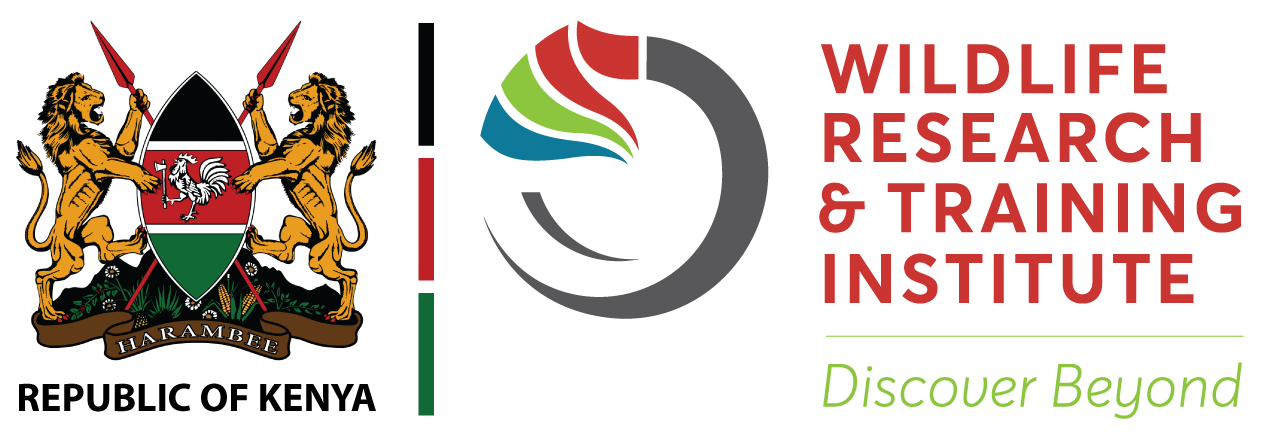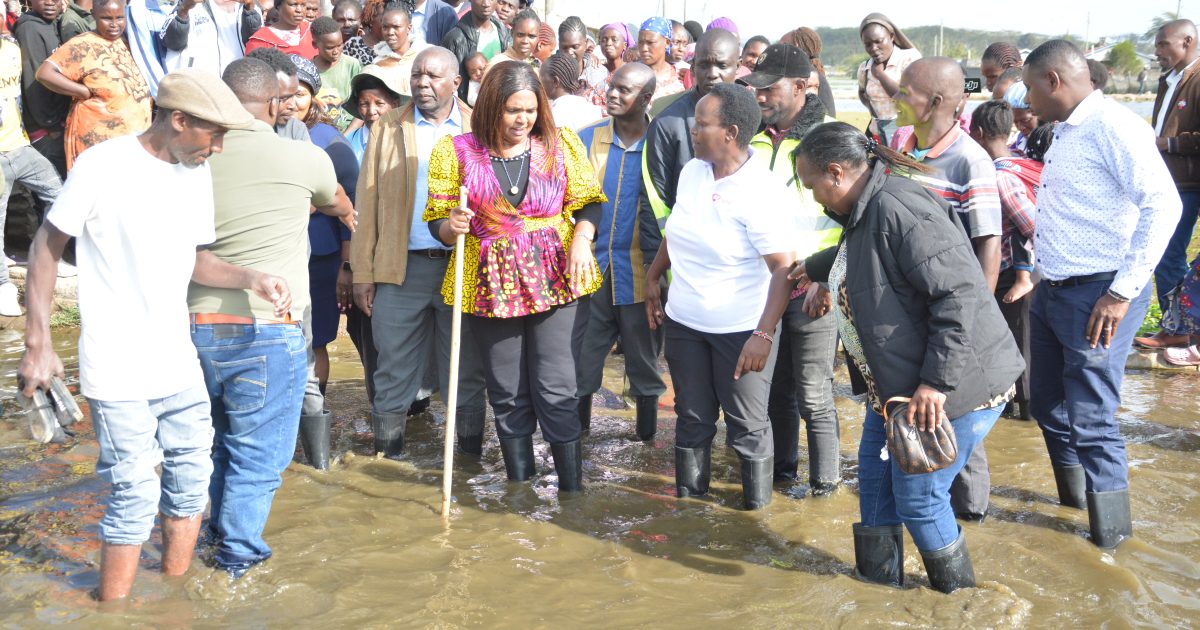The government has promised to compensate legitimate landowners affected by the rising water levels of Lake Nakuru, where hundreds of residents have been displaced and property worth millions of shillings destroyed.
Lake Nakuru is among several lakes in the Great Rift Valley region experiencing alarming rising water levels, a phenomenon that has devastated local communities and led to the destruction of homes, farmland, and infrastructure.
Similarly, more than 5,000 people have been affected by flooding around Lake Naivasha, especially the besieged Kihoto estate, with the occurrence swallowing over half its land even as the state moves to curtail development on the lakes’ riparian land.
Local leaders and residents are now calling on the government to urgently provide assistance and facilitate relocation efforts, as fears grow over possible hippo attacks and outbreaks of waterborne diseases.
Residents have warned that the situation could escalate into a major public health crisis if left unaddressed.
Speaking at the sidelines of the 2nd International Wildlife Conference in Naivasha, Kenya Wildlife Service (KWS) Director General, Prof. Erastus Kanga, said Kenya is among several African nations facing a similar rise in lake water levels.
He said there’s a need for science-based research to understand and mitigate the long-term effects of such occurrences as well as inform the formula for compensation claims to affected victims.
“Water levels in Lake Nakuru have risen by over 40 percent, affecting the Nakuru National Park, displacing wild animals, neighbouring communities escalating human-wildlife conflicts,” Prof. Kanga noted.
He added that the government has begun mapping the affected land to determine the rightful landowners and assess property values before compensation is issued.
The government has also raised concerns about pollution in Lake Nakuru, warning against the consumption of fish from the lake due to contamination from nearby residential areas and flower farms, which have reportedly discharged toxic chemicals into the water.
At the same time, Prof. Kanga revealed that over the past two years, Kenya has recorded more than 26,000 cases of human-wildlife conflict, resulting in 255 deaths, 725 injuries, over 9,300 farm invasions, 1,000 incidents of property damage, and 10,000 direct threats.
These figures, he said, underscore an urgent need for policy and practical interventions, adding that the government has in the last three years spent Sh3.8 billion in compensation and further requires an additional Sh1.2 billion to meet merited claims.
He noted that KWS now relies on scientific data to enhance wildlife management and conservation strategies, adding that the just-concluded Second National Wildlife Census revealed encouraging signs, including population increases in some species such as rhinos and elephants.
Dr. Patrick Omondi, Director of the Wildlife Research and Training Institute (WRTI), said there is a need for science-based research to investigate the causes of the rising water levels, which have submerged vast areas and destroyed property.
“There is an urgent need to address the impacts of climate change, including increased flooding and prolonged drought, which pose new and evolving threats to both wildlife and human populations,” said Dr Omondi.
He added that the Institute is developing a National Wildlife Data Portal, a centralized platform that will make wildlife data accessible to policymakers, researchers, and academics.

